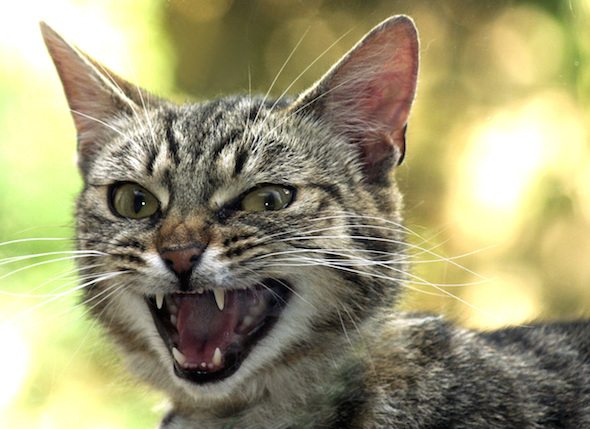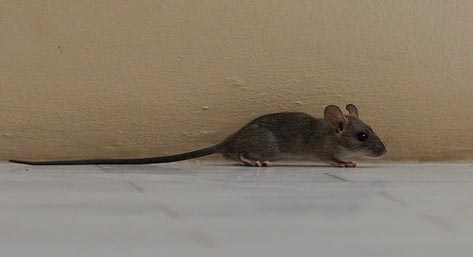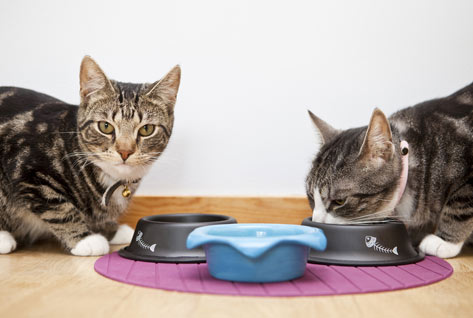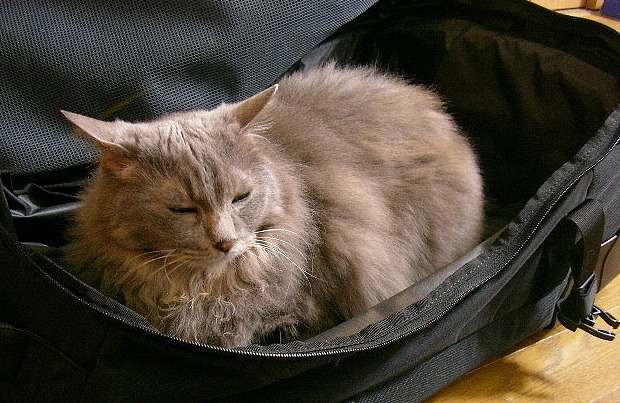
Scratching (also known as stropping) is a normal behaviour in cats. Unfortunately some cats can cause countless headaches for their owners by scratching household furnishings, which leads to damage and great expense. Scratching of furniture is a leading cause of cats being surrendered to shelters.
This article aims to teach cat owners why cats scratch and how to train your cat to redirect the scratching to a more appropriate object.
Cats scratch for a couple of reasons. Predominantly it it to sharpen the claws. Scratching also helps remove the outer castings of the claw.
Scratching also feels good to cats. It is a way of loosening up leg and shoulder muscles and tendons in the cat's paws.
Cats have glands all over the body, including the paws. During scratching pheromones are released from the glands in the paws onto the object. Scratching is a way for cats to mark out their territory.
 You can't stop scratching, it is a perfectly normal behaviour. What you can do is train your cat to scratch on specifically designated objects so they will avoid ruining your furniture.
You can't stop scratching, it is a perfectly normal behaviour. What you can do is train your cat to scratch on specifically designated objects so they will avoid ruining your furniture.
For some owners, declawing (which is prohibited in most countries) is their preferred method to prevent scratching. This is a painful operation which involves amputation of the cat's claw up to the first joint. The majority of people strongly disagree with declawing of cats for a number of reasons. It is painful and unnecessary, it can lead to other behavioural problems such as biting and inappropriate urination and finally, cats derive a huge amount of pleasure from scratching and declawing deprives them of this.
The goal is to make the current target unpleasant while providing your cat with a more attractive alternative such as a scratching post or the cheaper scratching boards which can be hung from a door handle. There's a huge variety on the market which will suit all tastes and budgets. Most scratching posts are covered either in carpet or sisal. If possible, temporarily cover the object your cat is targeting with some thick plastic or double sided tape, which will act as a deterrent while you re-direct his focus onto the new and appropriate scratching post.
Other ways to prevent scratching include:
With time and patience you will be able to re-train your cat to use a more appropriate object than your furniture. Good luck!
Also see:
Cat Trees Cat Rubbing
 Catittude: Why is My Cat so Mean?
By Helen Anne Travis
Has Kitty b
Catittude: Why is My Cat so Mean?
By Helen Anne Travis
Has Kitty b
 Non-Toxic Pest Control: A Green Alternative
The use of poisons as a way to
Non-Toxic Pest Control: A Green Alternative
The use of poisons as a way to
 Concerns About Pet Food Recalls and Safety Paramount to Owners, petMD Survey Finds
By Lorie Huston, DVM
May 1, 2013
&
Concerns About Pet Food Recalls and Safety Paramount to Owners, petMD Survey Finds
By Lorie Huston, DVM
May 1, 2013
&
 How to Tell if Your Online Cat Food Search is Accurate
By Cheryl Lock
These days
How to Tell if Your Online Cat Food Search is Accurate
By Cheryl Lock
These days
 The Best Way to Take Your Cat on Vacation With You
by Cheryl Lock
Vacation is supposed to
The Best Way to Take Your Cat on Vacation With You
by Cheryl Lock
Vacation is supposed to
Copyright © 2005-2016 Pet Information All Rights Reserved
Contact us: www162date@outlook.com